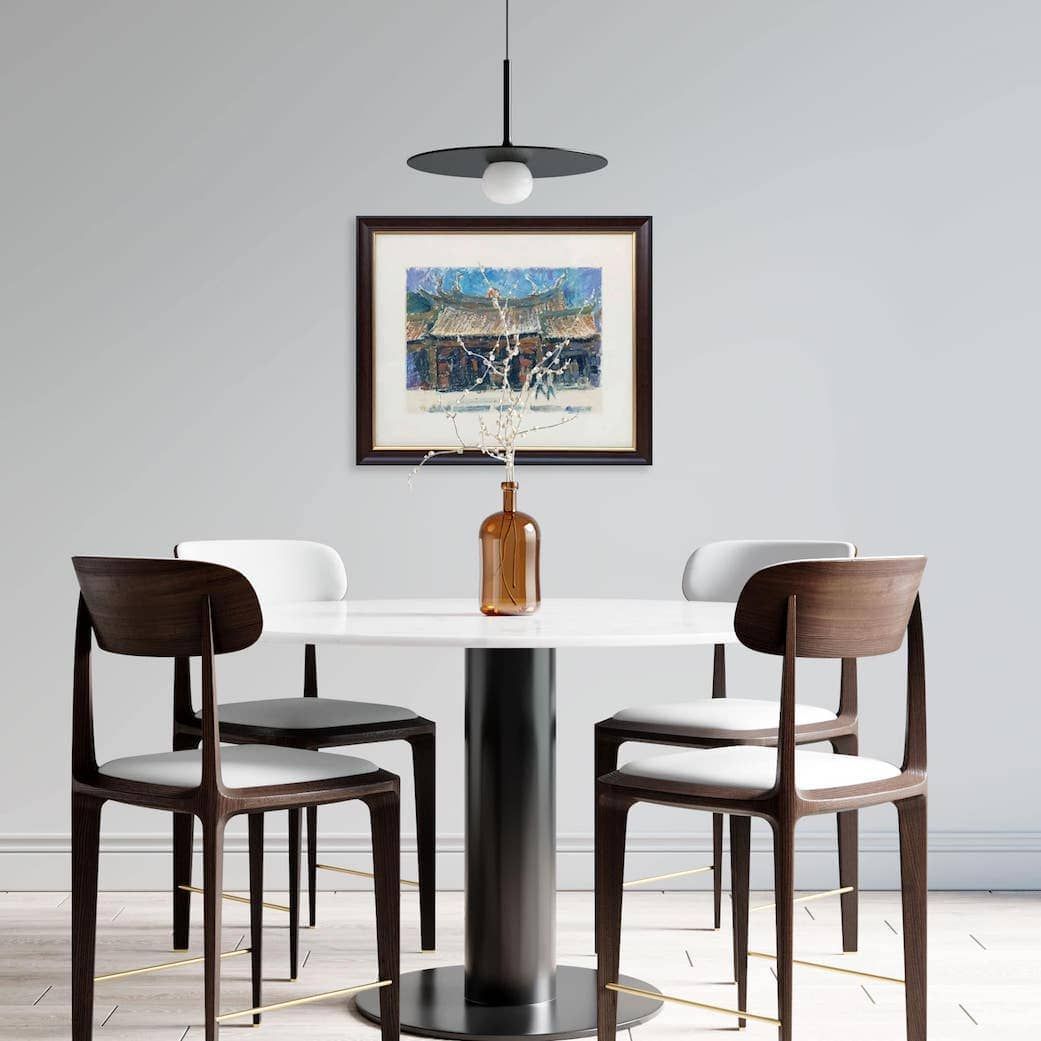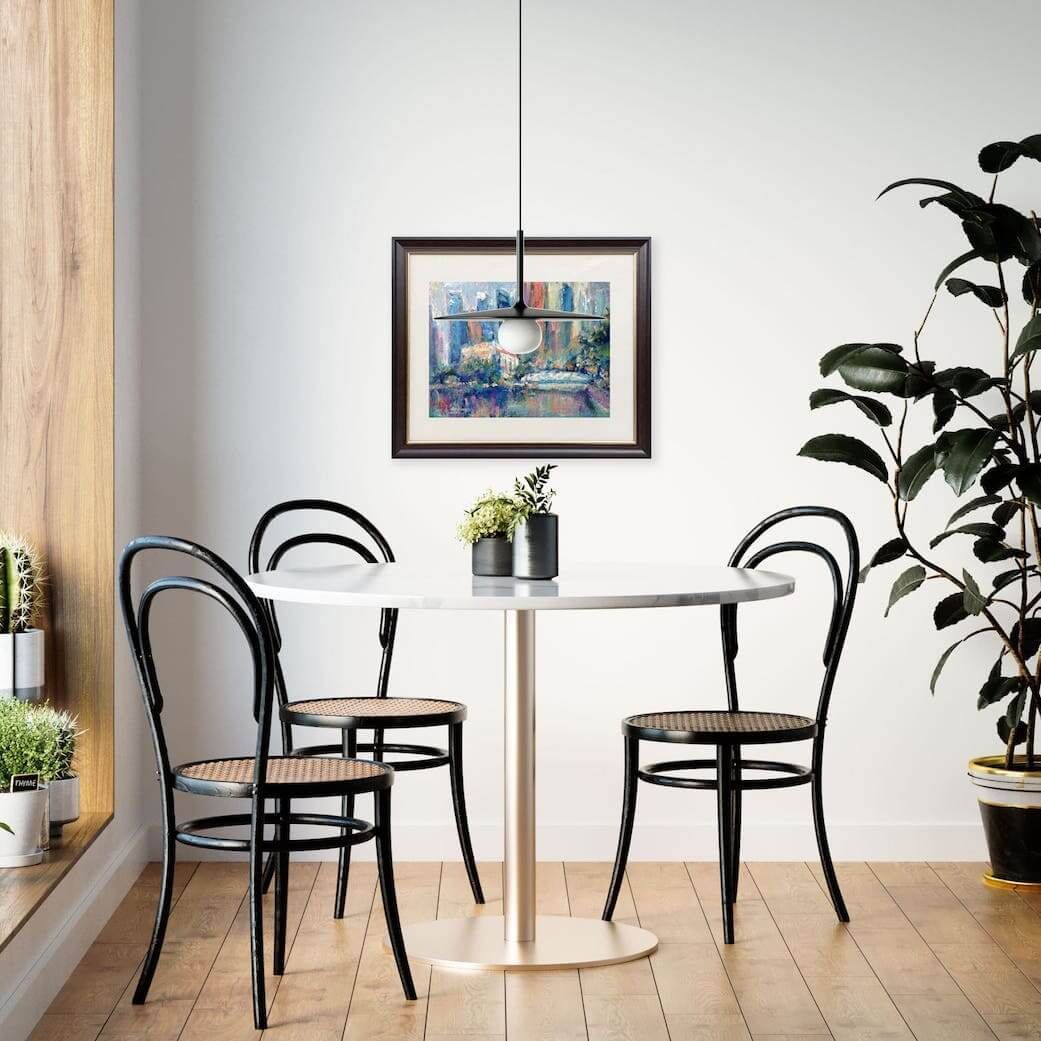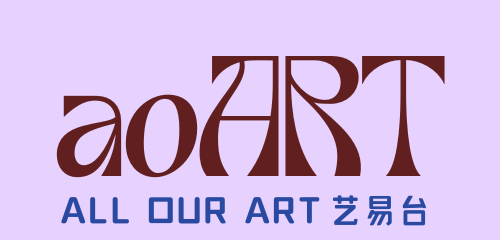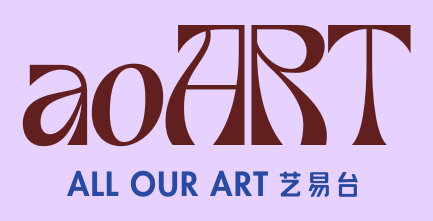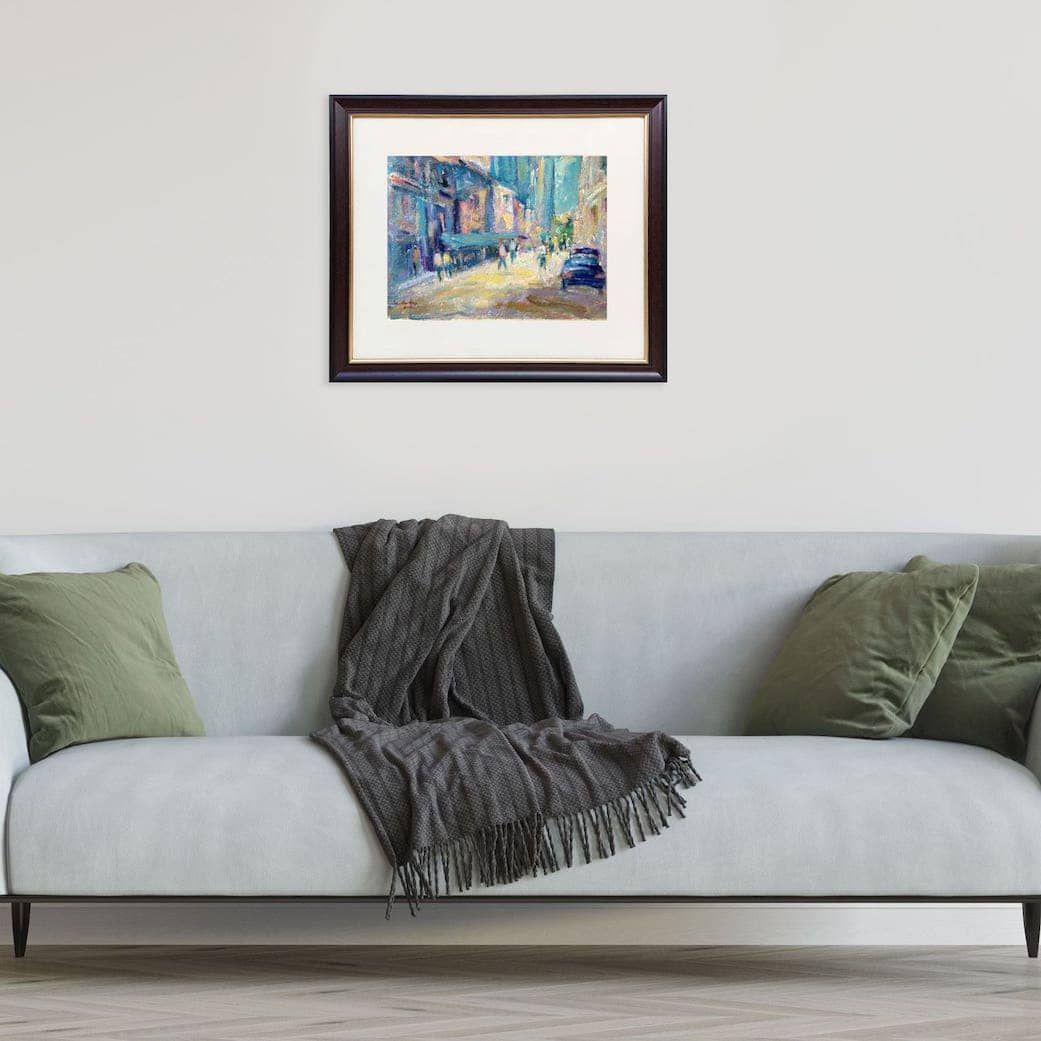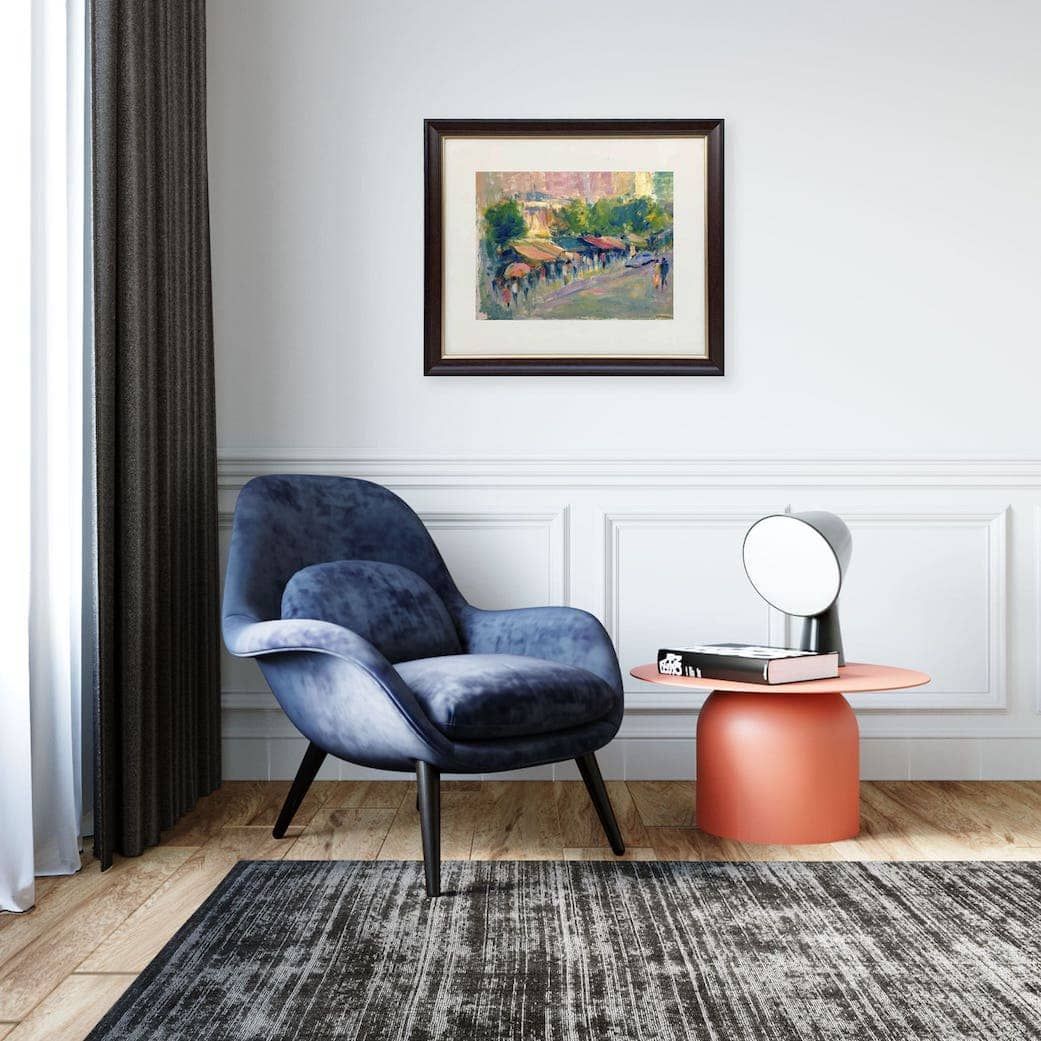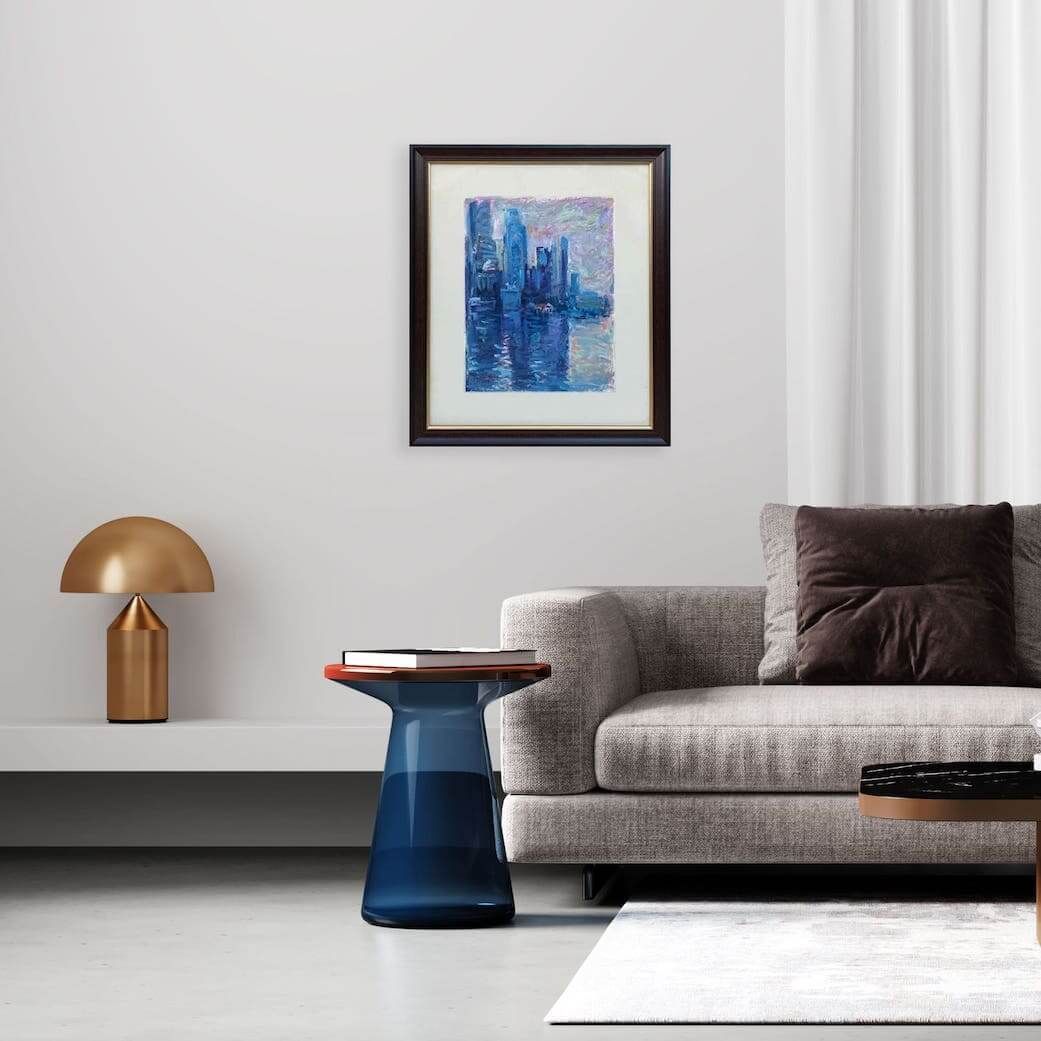What Is the Perfect Proportion in Art?
What Is the Perfect Proportion in Art?
The concept of "perfect proportion" in art often circles back to the golden ratio (1:1.618) and related mathematical principles, believed to create the most aesthetically pleasing balance.
While "perfect" is subjective and art celebrates individuality, the golden ratio is widely considered to produce proportions that are inherently pleasing to the human eye.
This is because it is found throughout nature and has been observed to create a sense of harmony and balance—when no part of your artwork feels too big, too small, or out of place.
Artists and architects have historically used this ratio for centuries, whether consciously or intuitively, to determine the ideal relationships between elements of a composition, the dimensions of figures, or the overall size of their artwork.

It is about achieving visual harmony and aesthetic appeal to the human eye through carefully considered measurements.
While the golden ratio is a great guideline, remember that art is subjective.
Experiment with different proportions and find what works best for your style and message.
This exploration can lead to unique and personal expressions in your artwork, allowing you to discover what resonates most with you and your audience.




